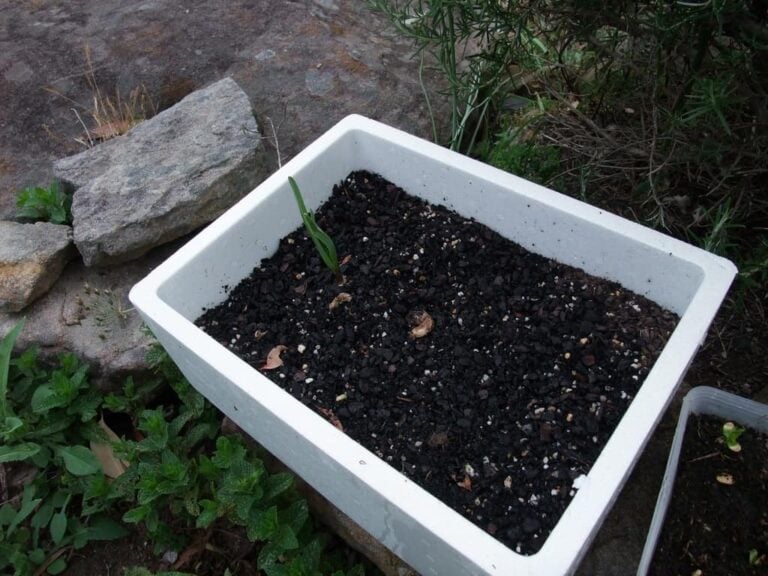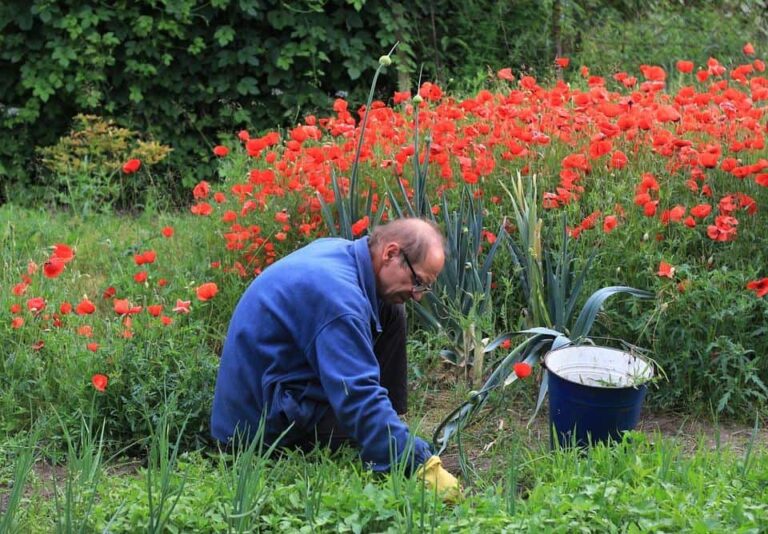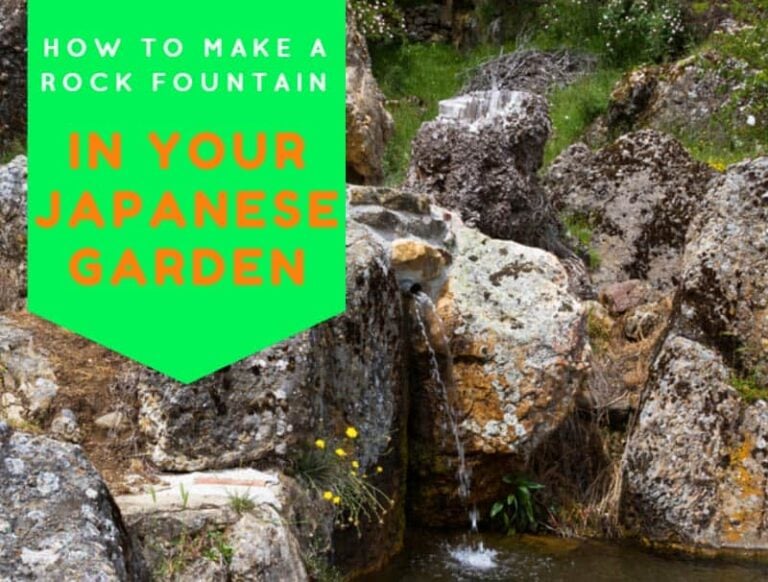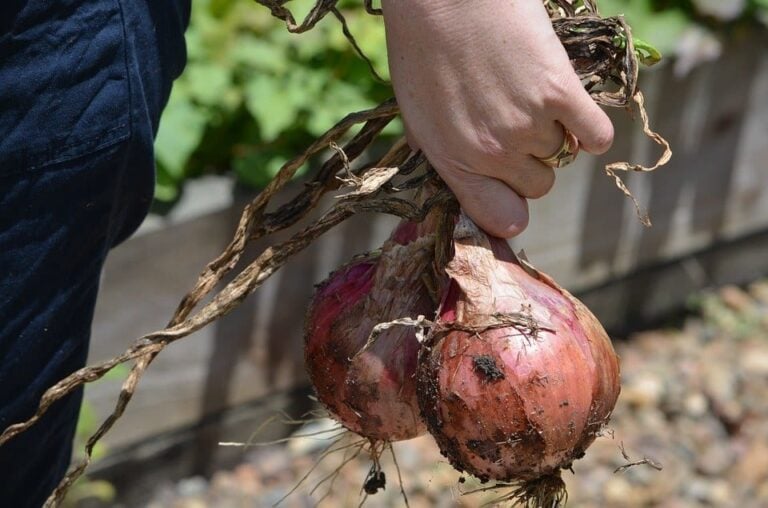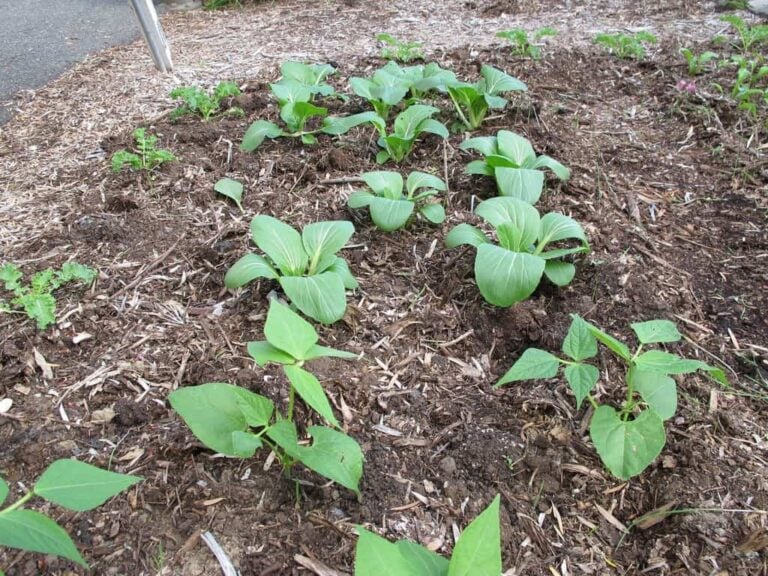The Best Greenhouse Plastic Materials for Your Garden
Our recommendation for the best greenhouse plastic is Topeakmart Greenhouse Plastic Film. If you’re setting up your own greenhouse, it’s important that you shroud the frame in some specially made, durable greenhouse plastic. While it seems like a basic enough item, the wealth of options that are available on the market could potentially overwhelm you if you’re new to the greenhouse game. Below, we’ll discuss a few of our top picks.
Our Picks for Best Greenhouse Plastic
[wptb id="8485" not found ]What is Greenhouse Plastic?
Greenhouse plastic is no ordinary plastic. It’s an extremely durable plastic that is specifically formulated to withstand not only elements like wind, ice, and other forms of extreme inclement weather, but also to hold up to vents, doors, windows, and other elements that may be part of a do-it-yourself greenhouse.
While a greenhouse can be covered with glass or fiberglass, covering it with plastic does have advantages that those other materials do not possess. The three big ones here are durability, weight, and price.
Unlike glass, that can break, sturdy greenhouse plastic is designed to withstand various items and elements that could cause breakage. Plus, greenhouse plastic is substantially lighter than your typical greenhouse glass or fiberglass, making installation and maintenance more efficient. Plus, the cost of greenhouse plastic is traditionally less than its counterparts.
Greenhouse plastic can also have a positive impact on your wallet in the long-term. The substance typically provides superior light penetration and insulation than glass or fiberglass, which in turn allows it to retain heat better. Over the long haul, this could minimize heating costs if you live in a colder climate.
Greenhouse Plastic in Action
It’s one thing to talk about the kind of strength a greenhouse plastic can deliver. It’s an entirely different situation to see its might. This video does a great job of showcasing what the capabilities of a sturdy greenhouse plastic can be, even under serious duress such as an ice storm.
Different Types of Plastic
The world of greenhouse plastic is a little more complex than merely buying a roll of something that’s varying degrees of translucence. There are four different types of plastic that you need to be mindful of as you begin your search. Each plastic type brings its own pluses and minuses to the table.
The first type of plastic is known as polyethylene film and is the lightest option on the market. This plastic will last a couple of years if you take care of it, and is easy repairable if any small tear develops. While polyethylene plastic is available in commercial grade or utility grade, most home centers will have the utility grade readily available, as it’s designed for home use.
The second type of plastic, copolymer plastic, tends to be a little more longer lasting than its polyethylene counterpart. The durability of the plastic is typically correlated to its price tag, as higher end versions can mimic the effects of glass. With that being said, you can expect the plastic to last at least three years.
Polyvinyl plastic, sometimes known as polyvinyl chloride or PVC, is the next type of greenhouse plastic on the economic chain and provides an even greater measure of strength and durability. This plastic will last at least five years if you take good care of it. Some PVC will also contain UV protection or is designed to reduce condensation for an extra layer of defense.
The most durable, and most expensive, greenhouse plastic is polycarbonate plastic. The material is a rigid, double-walled plastic and can even be corrugated, yet it’s been shown to allow over 90 percent of outdoor light inside. Its resistant build means it can last for up to 15 years.
Disadvantages to Greenhouse Plastic
The biggest disadvantage you’ll face in using greenhouse plastic is its lifespan. They aren’t necessarily built to last in comparison to glass or fiberglass, and even the most durable forms having a lifespan of about fifteen years.
The main culprits for the truncated lifespan are natural elements. Sunlight and air pollution conspire to weaken the substance over time, causing it to become brittle and subject to ripping and tearing.
This can be somewhat mitigated by using extra materials like UV inhibitors, but if you go this route, be prepared to purchase replacement plastic down the road.
If you’d like to see how it’s usually installed, check out this video:
Greenhouse Plastic: One of Many Steps
While choosing the right greenhouse plastic for your garden structure is important, it’s far from the only thing you need to worry about. If anything, the effectiveness of the plastic you purchase is only as good as the other elements that surround the substance.
It’s important that your greenhouse has a sturdy structure to frame your plastic. You also need to make sure the greenhouse is equipped with air circulation, humidity control, ventilation, and appropriate heat sources. It’s also wise to double-check with your city to make sure you need a building permit to construct your own greenhouse.
Our Recommendation: Topeakmart Greenhouse Plastic Film
If you’re building a greenhouse for the first time, it could be important that you ease into things if you don’t have a ton of large-scale building experience. Granted, it’s not as difficult as some other large-scale projects, but it can be intimidating nonetheless.
As such, we recommend the Topeakmart Greenhouse Plastic Film because it’s a low-density polyethylene plastic that’s easy to use. Because it’s made from polyethylene, it’s not as rigid as some of the other types of plastic, which means that it’s easier to work with if you’re a novice. Because it has a shortened lifespan compared to the other coverings, you’ll have your chance to graduate to a sturdier plastic soon enough.
And if you’re building a greenhouse for the first time, it’s important to take things a little easier until you get used to the process, and that’s what materials like the Topeakmart Greenhouse Plastic Film ultimately can bring to the table. It may mean a little more frequent work down the road, but in the here and now, your plants may be thankful that you took things slow.
Photo by rongmei314 licensed under CC0

